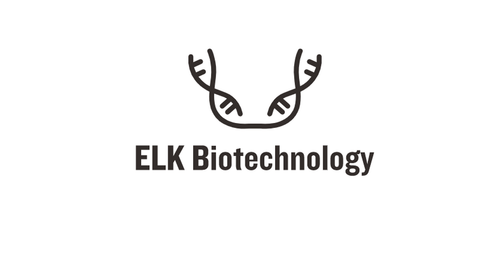Product Description
Human Beta-crosslaps (BCTX) ELISA Kit | AE63307HU | Abebio
Species Reactivity: Human (Homo sapiens)
Abbreviation: BCTX
Alternative Name: b-CTx; bCTXI; bCTX-I; B-Cr; BCL; Type I Collagen C-Telopeptide-Related Fraction
Application: ELISA
Range: 98.77-8000 pg/mL
Sensitivity: 36.49 pg/mL
Intra-Assay: ≤3.2%
Inter-Assay: ≤6.4%
Recovery: 0, 97
Sample Type: Serum, Plasma, Other biological fluids
Detection Method: Sandwich
Analysis Method : Quantitive
Test Principale: This assay employs a two-site sandwich ELISA to quantitate BCTX in samples. An antibody specific for BCTX has been pre-coated onto a microplate. Standards and samples are pipetted into the wells and anyBCTX present is bound by the immobilized antibody. After removing any unbound substances, a biotin-conjugated antibody specific for BCTX is added to the wells. After washing, Streptavidin conjugated Horseradish Peroxidase (HRP) is added to the wells. Following a wash to remove any unbound avidin-enzyme reagent, a substrate solution is added to the wells and color develops in proportion to the amount of BCTX bound in the initial step. The color development is stopped and the intensity of the color is measured.
Product Overview: CrossLaps peptide is a part of the C-telopeptide of the beta 1-chain of type I collagen of bone, is a recently developed biochemical marker of bone turnover.Serum beta-crosslaps are an established laboratory test to investigate bone metabolism. However, lytic conditions may affect the measurement of serum beta-crosslaps. the influence of proteolytic conditions on the serum concentration of beta-crosslaps is not uniform. Leukocyte lysate decreased serum beta-crosslaps while the addition of cathepsin C increased their concentration. Therefore, serum should be separated from the whole blood immediately after coagulation and stored until analysis in a deep freezer. Aliases: B-CTx; Beta CrossLaps; Beta-CTx; C-Telopeptide; C-terminal collagen crosslinks; Carboxy terminal collagen crosslinks; CTx; Soft-CTX
Stability: The stability of ELISA kit is determined by the loss rate of activity. The loss rate of this kit is less than 5% within the expiration date under appropriate storage condition. The loss rate was determined by accelerated thermal degradation test. Keep the kit at 37°C for 4 and 7 days, and compare O.D.values of the kit kept at 37°C with that of at recommended temperature. (referring from China Biological Products Standard, which was calculated by the Arrhenius equation. For ELISA kit, 4 days storage at 37°C can be considered as 6 months at 2 - 8°C, which means 7 days at 37°C equaling 12 months at 2 - 8°C) .
 Euro
Euro
 USD
USD
 British Pound
British Pound
 NULL
NULL












